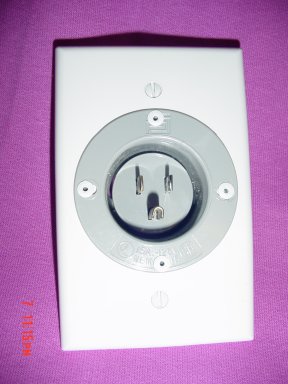mivey
Senior Member
So I really could permanently feed my shop receptacles by using an extension cord? It just seems like we are using a cord as a section of the branch circuit conductors. Maybe not, but that is just how it feels.
Granted this is new so I haven't got my mind wrapped around it, but it hasn't passed the icky test. :grin:
Granted this is new so I haven't got my mind wrapped around it, but it hasn't passed the icky test. :grin:



